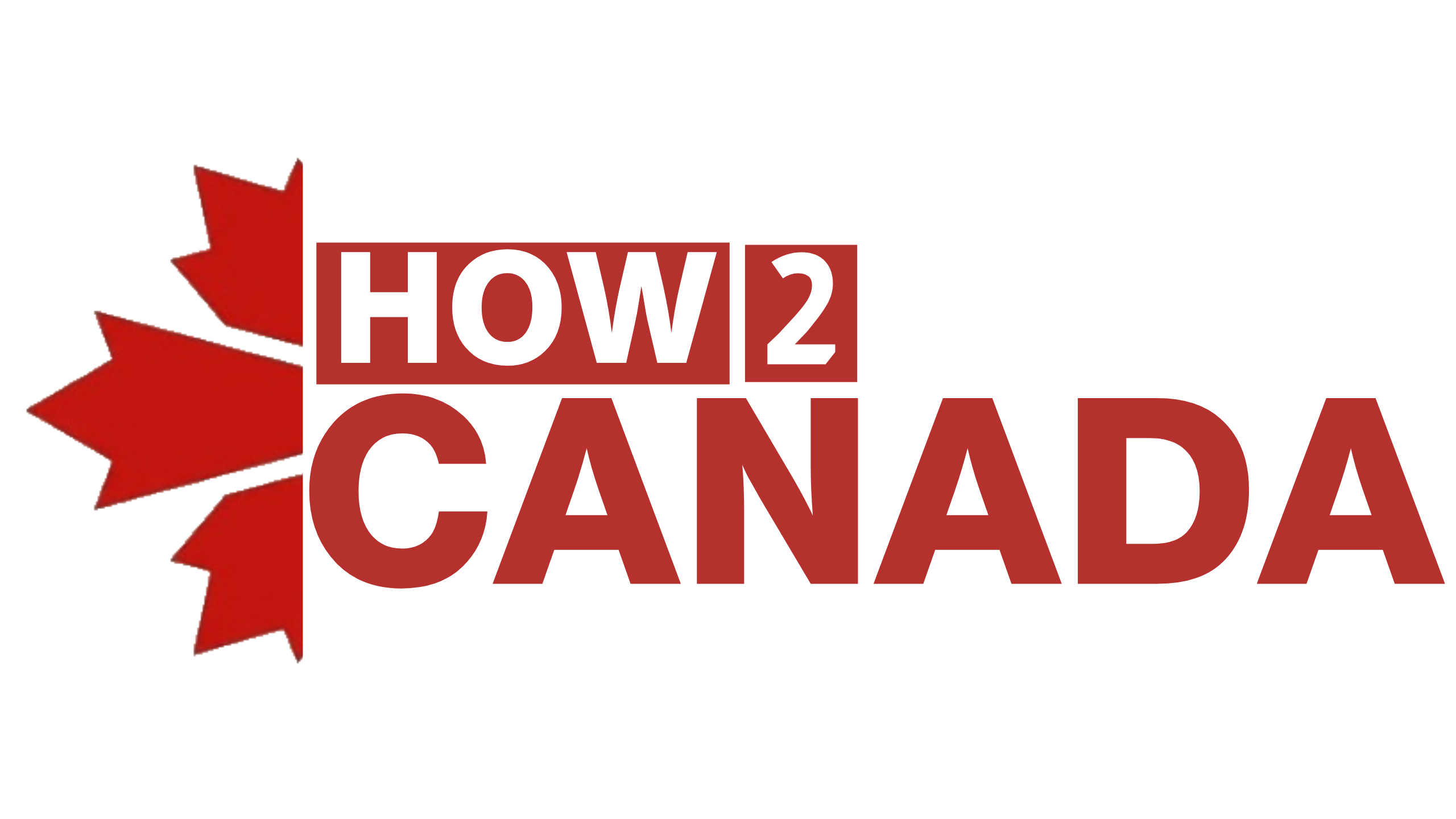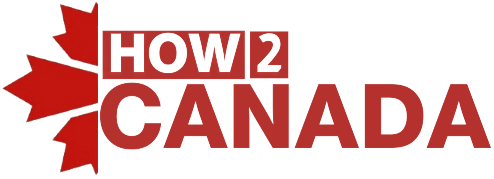📅 Your First Two Weeks in Canada

Welcome to your new home in Canada!
This article will explain some of the key things you should do in the first two weeks to make your transition to life in Canada easier.
When you arrive, the first hours at the airport may be confusing, but the most important thing is to be prepared, even before you get on the plane. If you’re not sure what to bring, visit the Citizenship and Immigration Canada website.
The officials here are from the Canada Border Services Agency, also known as CBSA.
Canada’s border services officers have met thousands of newcomers like you and your families. They help to ensure your smooth arrival, and protect the integrity of Canada’s customs, immigration and agricultural laws.
The most important item to have with you is your passport, along with the Customs Declaration Card that you will have filled out on the plane.
When you meet the border services officers, they will ask you questions about your intentions to stay in Canada, and the items you are bringing into the country. The completed Declaration Card helps to tell them this information. If you have any questions about what you should declare, simply ask the officer and they will help you. The CBSA will also need a list, in English or French, of whatever goods may be shipped to you at a later date.
The next group of people you will meet are officers specializing in Immigration.
Their main concern is ‘you’ and checking your documents on behalf of Citizenship and Immigration Canada, also known as CIC.
Put this paper copy of the “confirmation of permanent residence” in your passport because your permanent resident card may take up to 6 weeks to be delivered to your new address, here in Canada.
In order to access government services, you may need to show this document while awaiting your permanent resident card.
Now that you have officially arrived in Canada, it’s time to settle into your new home.
👨💼 Settlement agencies
Across Canada, there are immigrant-serving organizations whose goal is to help you settle into your new community.
One of your first steps should be to call or visit one of these organizations in your new city. Just be sure to have your permanent residency documents on hand.
Some organizations serve a very wide range of immigrants … while others focus their efforts on people who are from a particular religion or language group, or who come from a specific region of the world.
Many of the staff members and counsellors in these organizations are immigrants themselves, who are happy to share their own experiences with newcomers. They are especially helpful with refugees and immigrants who are having a hard time adjusting to this new environment.
They can provide advice on improving your qualifications and skills, finding work or housing, obtaining official documents and government services, and much more.
Since most settlement agencies are supported by the government, most of the basic services and advice they provide are available for little or no cost at all to you.
You can find a list of immigrant-serving organizations in your area on the Citizenship and Immigration Canada website.
📄 Government documents
There are a number of important government documents you need to obtain soon after arriving in Canada: your Social Insurance Number, your government health insurance card and your permanent resident card.
1. Social Insurance Number
To be able to work in Canada, benefit from the health care system, open a bank account, drive a car or get your kids into school ... it’s important that you visit a Service Canada Centre in your area and get a Social Insurance Number, or more commonly called a SIN.
The visit won’t be very complicated, but to apply for your SIN you’ll need to bring your confirmation of permanent residence OR other proof of status in Canada, like a work or study permit, and your passport.
2. Permanent Residence Card
Next, as a permanent resident, you should apply to your provincial or territorial government as soon as possible for a government health insurance card. If you’re not sure if you are eligible to apply, check with them.
3. Health Card
Once you are eligible, which is usually three months after you arrive, this card will allow you to receive health care services paid through taxes.
You can get an application at a doctor’s office, a hospital or an immigrant-serving organization.
You can also download the application form from the website of the government department responsible for health in your province or territory.
In most regions of Canada, each family member receives his or her own card with a personal health identification number. Be sure to carry these cards at all times. They will need to be presented at a hospital or clinic when you or someone in your family needs health services.
4. New Address
Once you have found a place to stay, don’t forget to tell CIC your Canadian address. We will use this to mail you your permanent resident card. You can update your address through the CIC website.
The permanent resident card is the official proof of your status in Canada. If you’re travelling and want to re-enter Canada, you must show this card. You can also use it as a piece of identification in certain situations, such as applying for other government documents, accessing government services or opening a bank account.
Now that you have applied for your government documents, there are a few other things you should think about.
🏦 Bank account
To safeguard your money and manage your finances, you should consider opening a Canadian bank account. A bank can also help you get a credit card or a debit card.
To open a bank account, you must go to a bank in person and present identification. The documents you present must be originals, not photocopies, and be in good condition. Do some research to choose which bank you would like to use. And once you have picked one, visit the local branch for more information on opening an account.
🚌 Public transportation
Public transportation is an effective and affordable way to get from place to place.
Buses are the most common form of urban transportation in Canada. But, some cities also have streetcars or trams, light-rail trains or subways. You can usually transfer from one mode of transportation to another easily. Learn how to use your community’s public transportation, as it will help you get used to your surroundings.
If you plan to use it to get around on a daily basis, you should research transportation options before deciding where to live. You can get more information about public transportation in your city or town by visiting an information kiosk at a main transit station or visiting the website of your local municipal government.
Be sure to also get a map of your new city and walk around to get to know your neighbourhood and the local services available.
👩💻 Internet and phone plans
For most Canadians, the Internet is an important tool of everyday life. When you first arrive in Canada, there are a couple of ways that you can access the Internet. Most public libraries in Canada offer free Internet access. Or, if you want a simple phone plan that only allows you to make calls and text, then you can find some cheap options.
🆘 In case of an emergency
Lastly, you should make sure you are prepared in case of an emergency.
The emergency telephone number used across Canada is 9-1-1. Be sure that you and all your family members memorize this number.
If you ever require help from paramedics, the police or the fire department, call this number.
Know that relations with the police in Canada may be different than in your home country. The main job of the police in Canada is to protect and serve their communities. Don’t ever be afraid to ask the police for help when you need it.
🤝 Conclusion
You can expect your first couple of weeks in Canada to be a busy time, with a number of things to accomplish. But, with the information you’ve learned, we hope you’re well on your way to start settling into your new home.





Comments ()